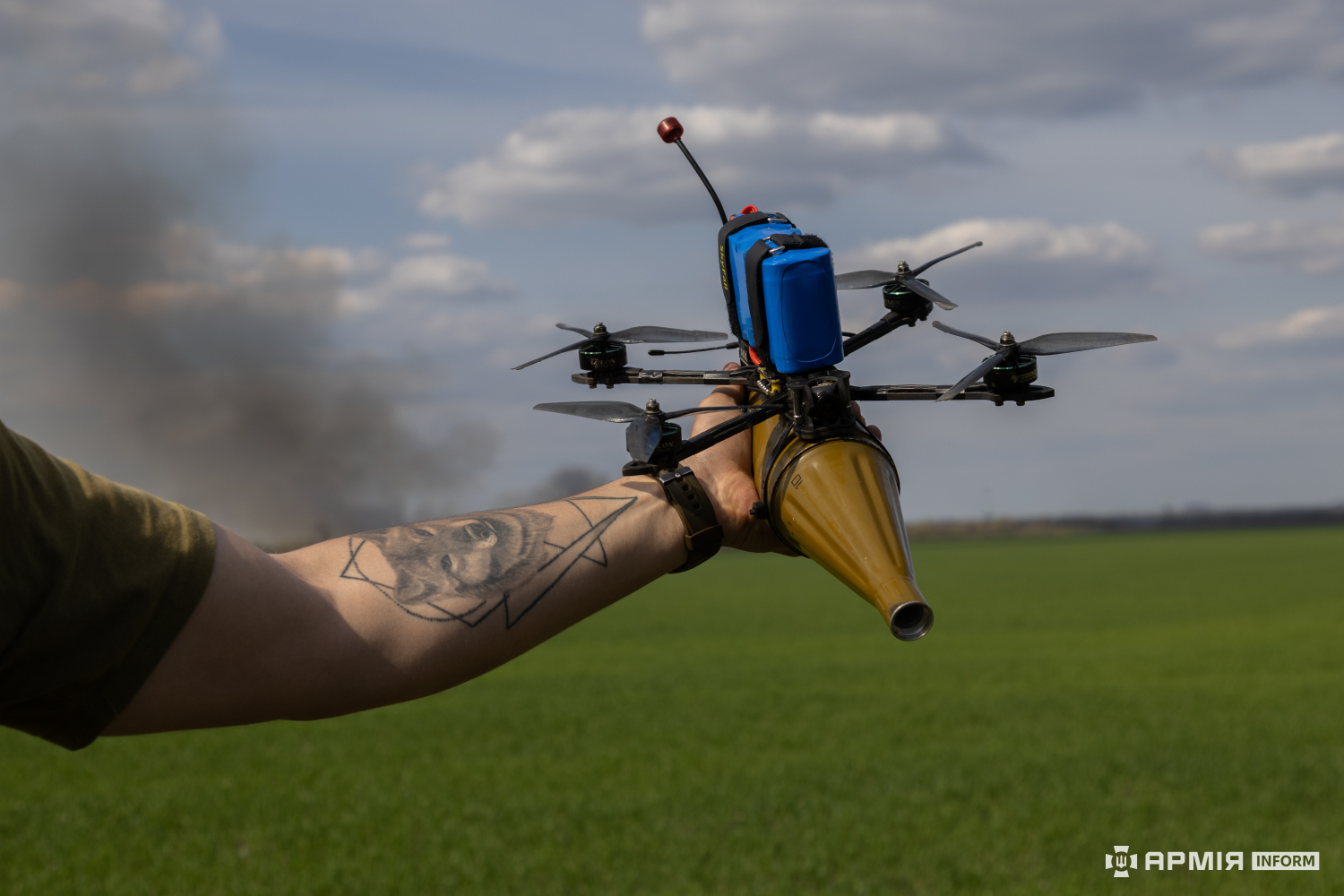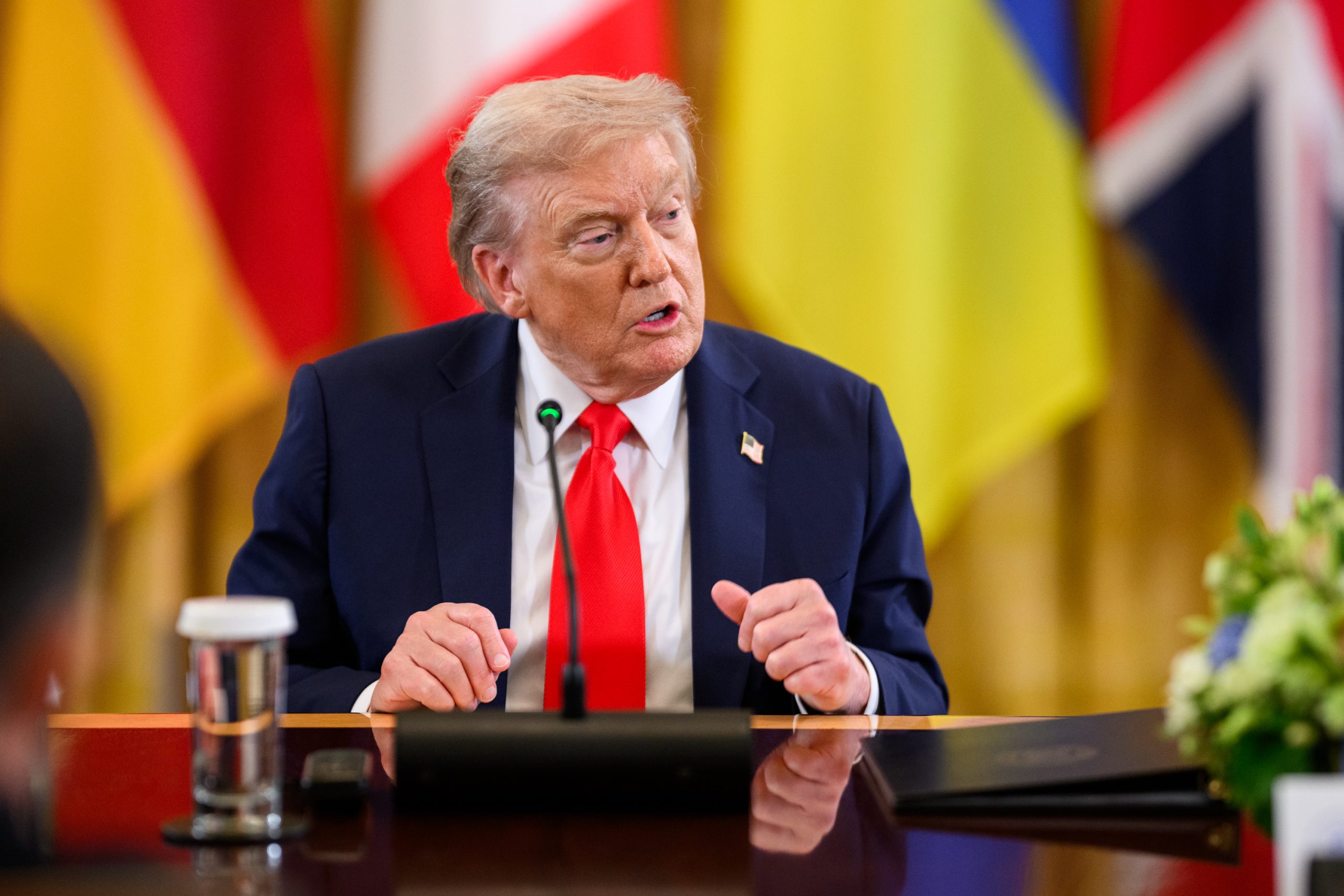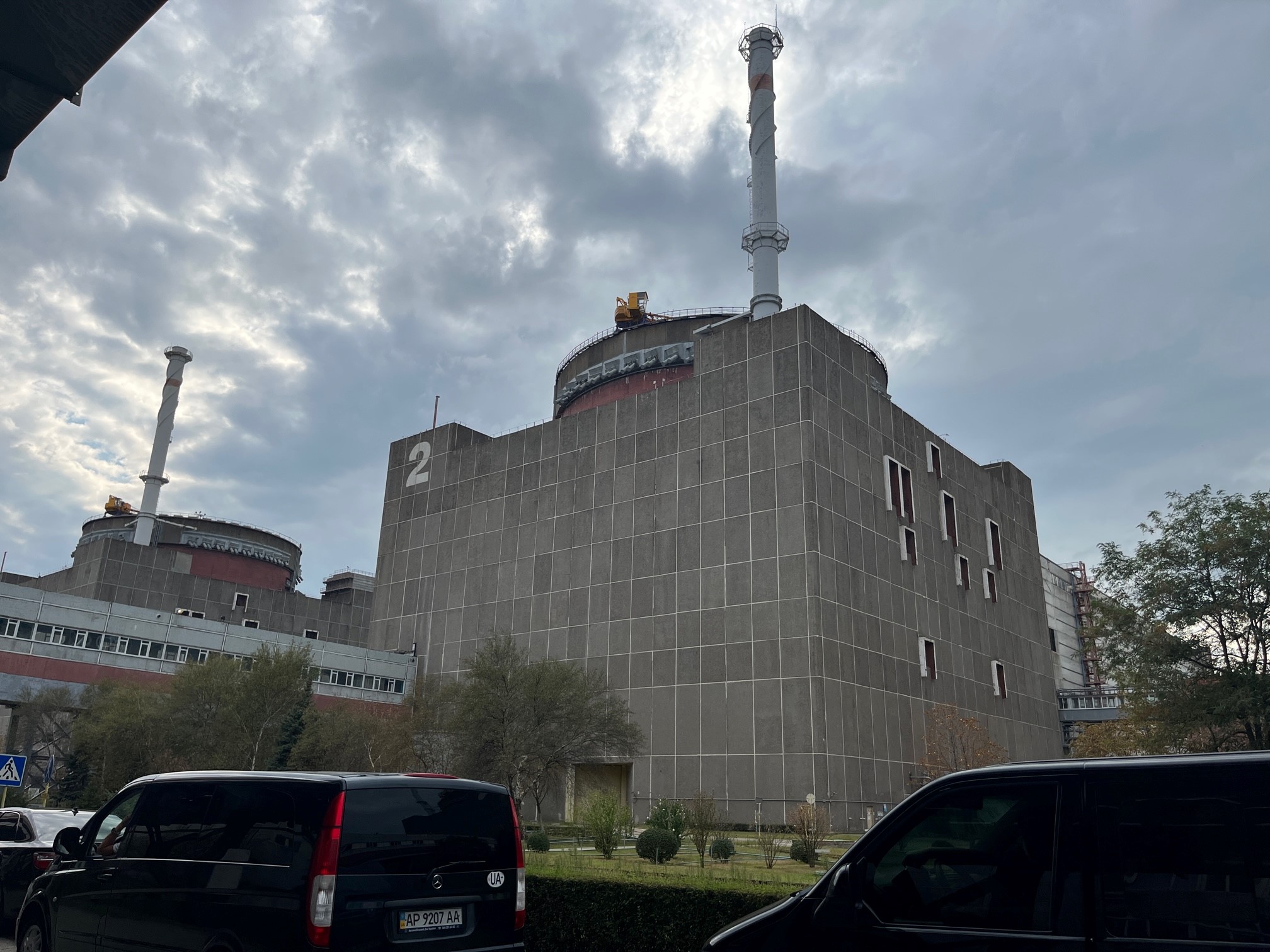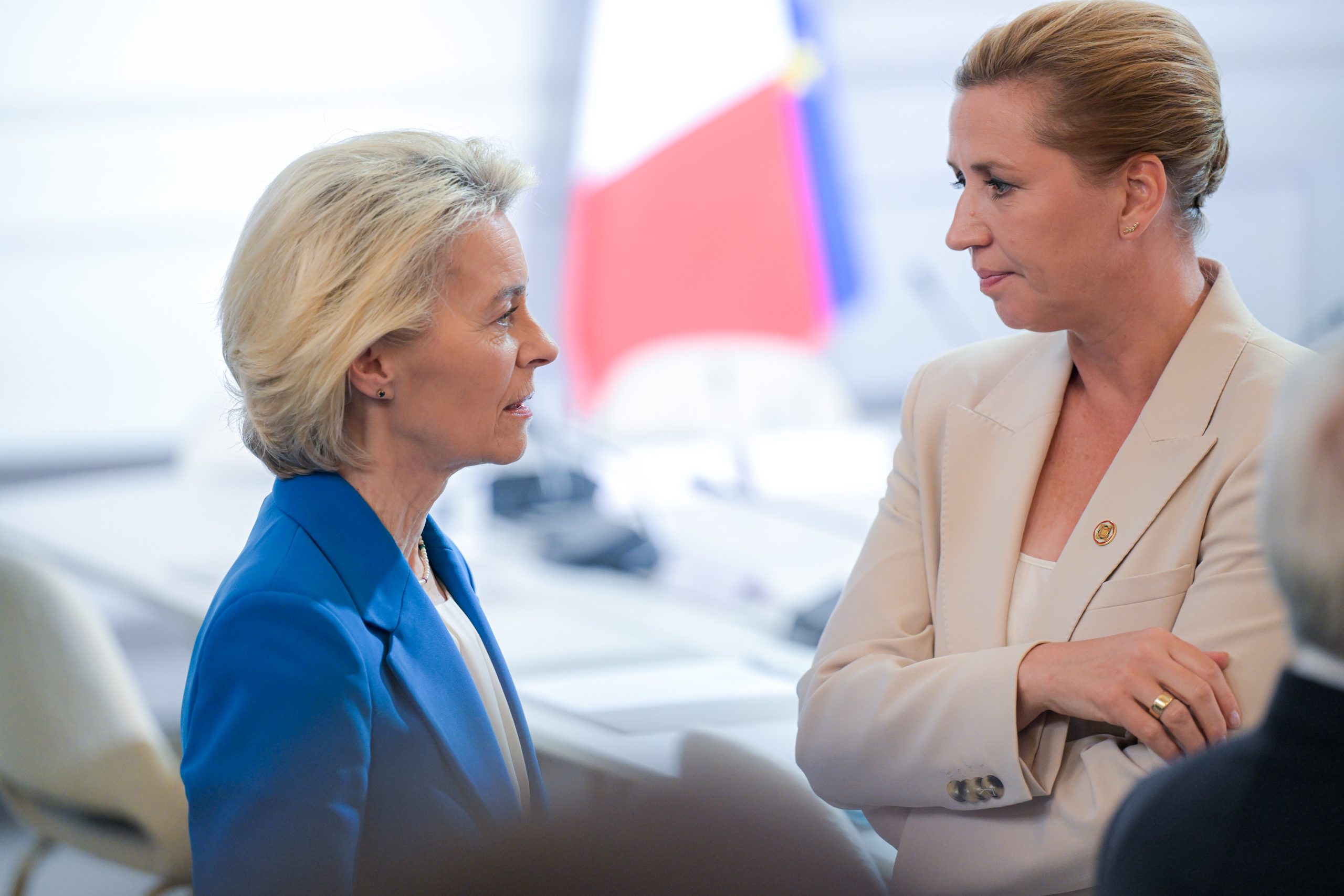Photo credits:
Description: IAEA Support and Assistance Mission to Zaporizhzhya (ISAMZ) arrives at the Zaporizhzhya Nuclear Power Plant in Ukraine.
Date: 1 September 2022
Photo Credit: Fredrik Dahl / IAEA Imagebank
Introduction: A Summary and Commentary on The Kyiv Independent’s Reporting
This article summarizes and comments on The Kyiv Independent’s report, “Putin is Playing with Nuclear Fire — Zaporizhzhia Power Plant Blackout Ends, but Experts Warn Risks Are Far from Over”.
The piece exposes how Russia’s occupation of the Zaporizhzhia Nuclear Power Plant (ZNPP) has turned one of Europe’s key energy assets into a geopolitical weapon, and a potential nuclear hazard.
A Nuclear Facility in the Crossfire
According to The Kyiv Independent, the ZNPP spent nearly a month disconnected from Ukraine’s grid, in what experts described as a dangerously prolonged outage.
Power was finally restored on October 23, but the delay, which could have been fixed within days, raised suspicions that Moscow intentionally prolonged the crisis to advance plans to connect the plant to Russia’s own energy network.
Experts told The Kyiv Independent that the plant’s reliance on diesel generators during the blackout showed how fragile its safety systems have become. Even in “cold shutdown,” a loss of power threatens the cooling systems that prevent radioactive leaks.
“Playing with Nuclear Fire”
The Kyiv Independent warns that the Zaporizhzhia situation exemplifies a new form of nuclear coercion, the use of nuclear facilities as political leverage.
By occupying and destabilizing the plant, Russia is effectively holding Europe hostage to nuclear risk.
International observers, including the International Atomic Energy Agency (IAEA), remain largely powerless as the safety situation deteriorates.
CEED’s View: Nuclear Safety as Strategy
CEED agrees with The Kyiv Independent’s conclusion: Russia is no longer merely endangering nuclear safety, it is weaponizing it.
As we wrote in our earlier pieces, “Russia’s Missile Expansion Exposes the Illusion of Peace” and “Europe’s Response to Russia’s Drone Threat”, Moscow seeks to undermine European stability through fear and unpredictability. The blackout at Zaporizhzhia is the latest expression of that strategy.
CEED’s Key Recommendations
1. Demilitarize the Zone
The ZNPP must be placed under a verified international safety zone, free from military forces and monitored by the IAEA.
2. Secure Reliable Power
Rebuild and safeguard Ukraine’s power link to the plant under international oversight.
3. Investigate the Outage
Treat the blackout described by The Kyiv Independent as a possible act of sabotage and demand accountability.
4. Include Nuclear Protection in European Security Plans
Europe’s defense strategies must address the protection of nuclear infrastructure as a matter of collective security.
5. Elevate Nuclear Safety Diplomatically
Make nuclear facility protection a central issue in negotiations, sanctions, and international pressure on Russia.
The Road Ahead
As The Kyiv Independent reports, the Zaporizhzhia blackout may have ended, but the danger persists.
Russia’s occupation turns a civilian plant into a standing threat, a reminder that nuclear safety in Ukraine is inseparable from Europe’s security.
For CEED, the message is clear: Nuclear safety is not technical — it is political.
Europe must act now to ensure Zaporizhzhia does not become the site of the next great European tragedy.



